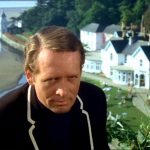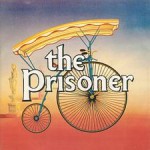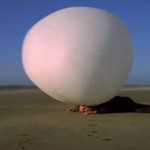The greatness of ‘The Prisoner’ turns 54 this month!
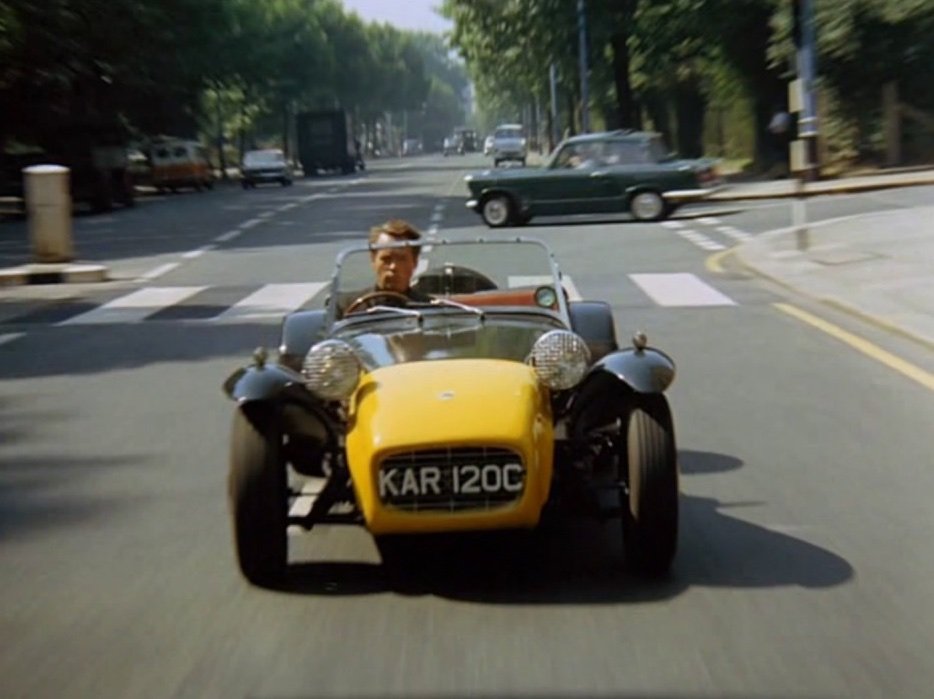
Photo: ITC/BFI
While Fawlty Towers will forever remain the great British comedy of all-time, perhaps the greatest television series of all-time (sorry, folks, it’s not Downton Abbey) turns 54 later this month. The Prisoner is made up of 17 hours of pure telly greatness running on ITV in the UK from 29 September 1967 through 1 February 1968.
It was 55 years ago on Saturday, 28 August 1966 that the classic opening sequence began filming, an open that ultimately landed somewhere between iconic and perfect in relation to the series overall. Not only did it provide context to each episode but it sucked you immediately into the series which is what an opening sequence should do but rarely does these days.
Patrick McGoohan, who co-created, co-wrote, co-directed, co-executive produced and starred in the series as Number Six, the central character for the series, who was forever to be held captive in ridiculously picturesque ‘Village’ amidst repeated attempts to break him into explaining why he had resigned from his covert job (whatever it was).
No. 2 desperately needs to know why No. 6 has resigned his position with a myriad of ways to extract information, including hallucinogenic drug experiences, identity theft, mind control and dream manipulation at his fingertips. Adding to the complexity of the series, the identity of No. 2 changed from week to week partly to confuse No. 6 as he continued to refuse to co-operate or provide the answers they sought.
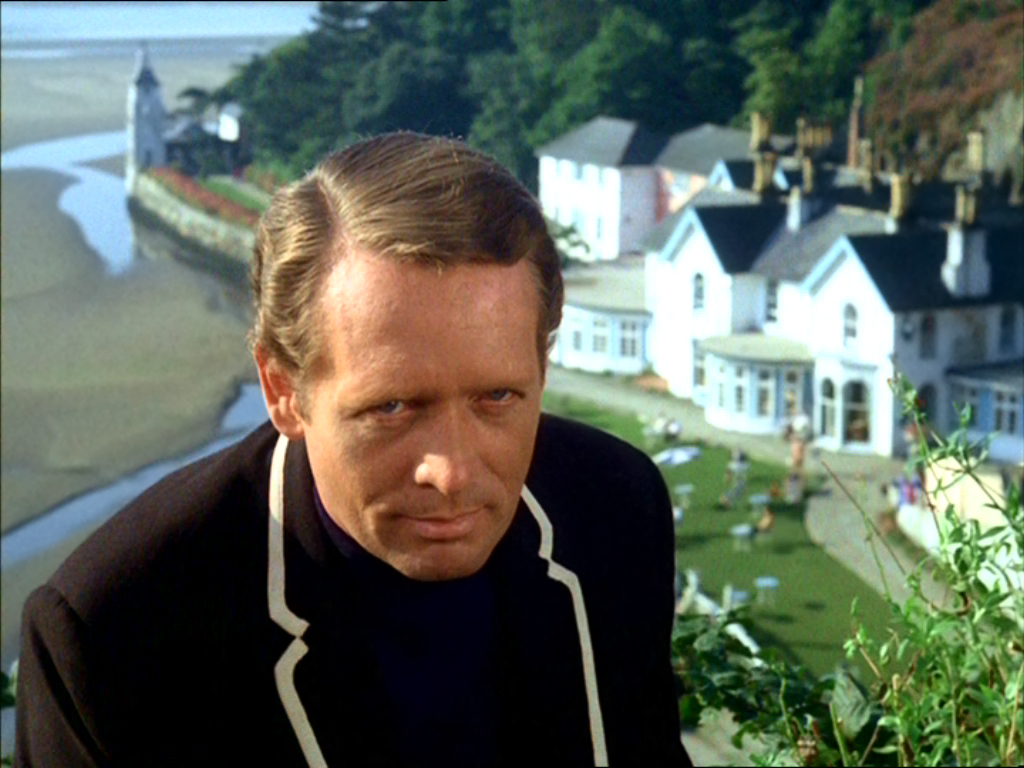
Photo courtesy: ITV
Much like Hotel California where you check in any time you like but you can never leave, any attempt to flee the Village was immediately snuffed out by giant white balloon-like death Rovers, a.k.a. The Village security system, that chases down anyone that tries to leave or even gets out of line and smothers them.
While much of Number 6’s time was spent trying to figure out who runs the Village, how to leave the Village or even just wanting to be left alone, his one answer to the constant surveillance and endless interrogation by the revolving door that was Number Two was, “I will not make any deals with you. I’ve resigned. I will not be pushed, filed, indexed, stamped, briefed, debriefed, or numbered!”
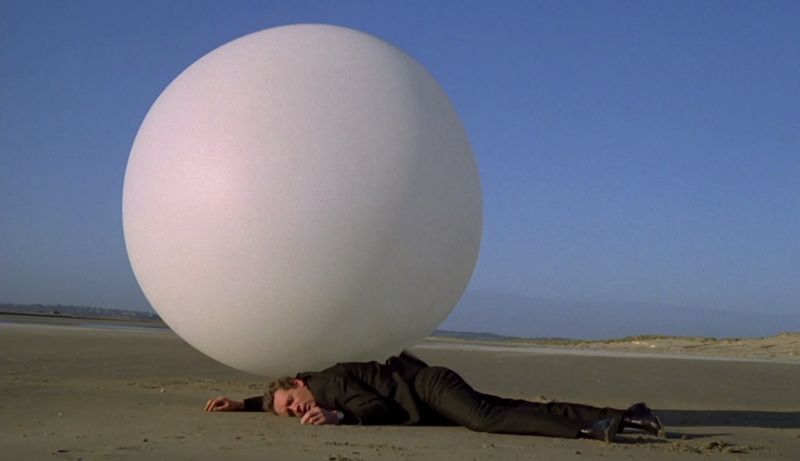
Photo courtesy: ITV
For the few that may be unfamiliar with The Prisoner, I would urge you to familiarize yourself with it immediately. While created 55 years ago, it definitely still holds up today and is eerily relevant a half-century later and it arguably the most discussed and divisive among fans of the series as to what it actually was all about. Here’s the open to get you started…or, hooked.
Numerous well-known actors had guest roles in the series including Leo McKern (Rumpole of the Bailey), Peter Bowles (To the Manor Born) and Paul Eddington (Good Life and Yes, Minister).
Originally broadcast during 1967-68, and even counting the Beatles among its as avid fans, this brilliant series’ location filming was done mostly in Portmeirion in North Wales. If you’re headed that way on a road trip, that’s 1 1/2 miles south of Porthmadog and 1 1/2 miles west of Penrhyndeudraeth, just off the main road at Minffordd. Should be easy enough for you to find with these parameters, don’t you think?
The brilliant thing about Portmeirion is that it still remains today true to “the village” look of the series. The surreal architecture and Mediterranean feel of the village was the vision of Welsh architect, Sir Clough Williams-Ellis, who acquired the desolate coastal village in 1926 for 5,000 pounds. You can stay at the Portmeirion Hotel, stroll through gardens and dine in numerous restaurants. If you decide to leave, however, make sure you know just where the bouncing ball is. It really is kind of like Hotel California where you can checkout any time you like but you can never leave. Or maybe the Overlook, perhaps?
The Prisoner transformed primetime television drama into avant-garde art. At a time when British telly was shot in black and white, the series was shot in color with an eye towards overseas sales in the U.S. I remember the first time I watched the series in its entirety, I sat there with a “WTH” look on my face wondering what just happened during the 17 episodes I had just seen.
Interestingly, ITC initially commissioned a two-season series spanning 26 episodes, but cancelled it after just 17. The second series would have seen Number Six escaping The Village and traveling the world, but still pursued by his former captors and still a metaphorical prisoner of his own mind.
In an ironic twist of fate,The Prisoner ended up being McGoohan’s unfinished symphony and is, therefore, remembered with almost universal fondness unlike other series that hung on too long and, ultimately, jumped the proverbial shark.
As a result of the cancellation, McGoohan wrote the series finale ‘Fall Out’ in a matter of days, an allegory full of unanswered questions and cryptic clues that enraged some viewers. It does, however, end on an ironically cheery cliffhanger as Number Six flees the Village and returns to London, his future unclear, his fate unresolved. “He’s got no freedom,” McGoohan explained in 1977. “Freedom is a myth. There’s no final conclusion to it.”
Even though The Prisoner was created over 50 years ago, it has stood the test of time and remains one of the best series ever made.
In: Odds & Sods

